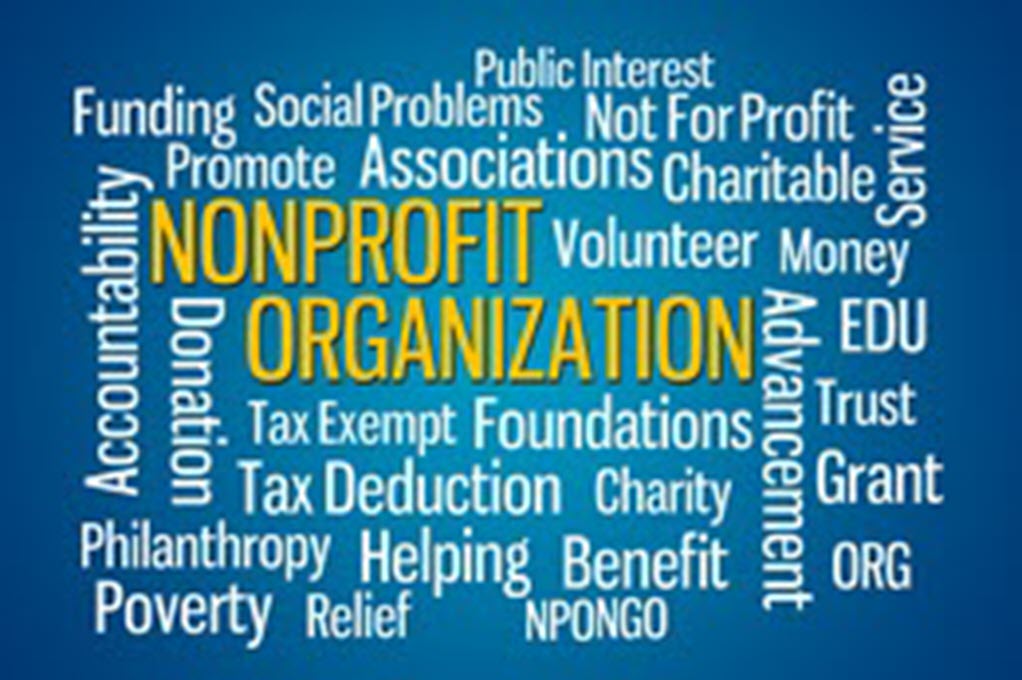- Quantity: This will largely be dependent on the scale and scope of your organization, but find a number that will allow for thoughtful yet nimble decision making. A 2017 BoardSource study, which surveyed 2014 private foundations, public charities and other organizations, found that the median board size for these organization was 13. The study recommends a minimum of five.. While there is no right answer, establish a goal that works for you.
- Diversity: As you look to populate a board or committee, seek to populate a group of people with diverse backgrounds, ages, experience and cultures in order to foster more creative, inclusive discussion and effective decision making.
- Turnover: Consider limiting the term period for board members in order to ensure healthy turnover and fresh ideas Per Boardsource’s 2017 survey, the most common term for respondents was three years (with a two term limit). This type of term structure should give board members sufficient time to gain knowledge and experience needed to perform their role, while also ensuring that new voices are regularly incorporated into decision making.
- Delegation: Creating strategic committees that report to the board can help improve the quality and speed of a decision-making process by delegating certain tasks to smaller groups with relevant expertise. The most common type of committees are: Executive, Finance or Finance/Audit and Governance and/or Nominating (Leading with Intent: 2017 National Index of Nonprofit Board Practices).
- Documentation: Write it down. Always take meeting minutes and have them subsequently approved by the participants. Document your goals, objective and processes. They can always be revised, but as leadership transitions, the playbook will help guide successors.
Beyond the board, there are other important considerations for a growing philanthropic organization:
- Maintaining cohesiveness: As any organization grows and adds people and structure, whether through the expansion of committees and/or staff, there is always a challenge in fostering cohesiveness and communication. As different people and groups develop focused roles within the organization, they can begin to work in “silos”. An important variable in the future success of the organization will depend on how these different roles work cohesively as a team. Ways to break down the walls that can develop over time include:
- Cross-educate employees, board and committee members. Everyone should understand how other areas of the organization work and how their work relates to and affects other groups.
- Develop and reinforce the organizational values together. This will help people with different roles to understand and embrace a common organizational objective.
- Communicate, Communicate, Communicate.
- “Passing the baton”: This is often a noted sticking point for family foundations looking to engage the next generation of family leaders (“Next Gen”). In fact, a recent survey on trends in family philanthropy, done by Rockefeller Philanthropy Advisors and Campden Wealth Limited, showed that while a majority of respondents indicated that the Next Gen was involved in their family philanthropy, only 42% indicated that the involvement was considered “active”.
“The second generation is very involved; they are trustees and they visit sites periodically. With the third generation the focus is on capturing their interest and trying to get them into the field at least once a year. I would call the involvement at this point minimal.”
Managing Director, Family Office/Family Foundation, North America
One way to improve the eventual transition is to plan ahead. Do not wait until the last second to create a succession plan. Engage with future generations early on so there is a familiarity with the foundation, its genesis, and its mission. The same survey indicated that the top strategy used to engage the Next Gen is to instill in them philanthropic values and a sense of moral responsibility, something that of course will not happen overnight. The next most popular strategy cited in the survey is to actively involve the Next Gen in the organization’s work. One way to do that is to give younger family members active roles within the organization (e.g. board position). We have seen some foundations designate a portion of the grant budget for a group of “Next Gen” members, giving them full authority on the allocation of those dollars. Not only does that allow them to support organizations that matter to them, but it also helps them better understand the mechanics of grant-making and establishing new programs. Similarly, some foundations will allocate a portion of the investment portfolio to a Next Gen subcommittee, which will have decision-making authority over how those dollars are invested. This will help to educate them on the investment process, but also may generate new investment ideas as one generation may uncover different opportunities than the next. Whatever path you ultimately take, remember to always be open to the views and ideas brought to the table by the Next Gen.
The path of any growing organization will inevitably encounter a few bumps in the road along the way. With some thoughtful planning, good communication, and a constant focus on your mission, you should be able to lessen the impact and stay on the right track.
Click here to see the full PDF version.




















